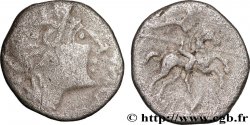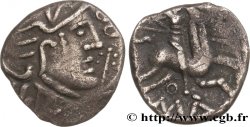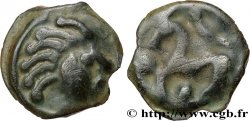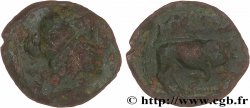Not available.
Item sold on our e-shop (2024)
Price : 40.00 €
Item sold on our e-shop (2024)
Price : 40.00 €
Type : Potin au long cou
Date: c. 70- 10 AC.
Metal : potin
Diameter : 15 mm
Orientation dies : 8 h.
Weight : 2,67 g.
Rarity : R1
Coments on the condition:
Monnaie centrée, avec un joli Animal au revers. Patine sombre
Catalogue references :
Obverse
Obverse legend : ANÉPIGRAPHE.
Obverse description : Tête stylisée à gauche avec une barre oblique en Y.
Reverse
Reverse legend : ANÉPIGRAPHE.
Reverse description : Animal stylisé, chargeant à gauche ; ligne de sol.
Commentary
Tous ces potins sont mal classés, confondus entre les Bituriges, la Vallée du Rhône, les Arvernes, le Centre... l’attribution à la Vallée du Rhône, si elle est valide pour les denier au cavalier, n’est guère plus satisfaisante que d’autres pour ces potins ! Ils ont aussi pu être coulés par des peuples voisins, pour une “circulation large”.
All this gossip is misclassified, confused between the Bituriges, the Rhone Valley, the Arverni, the Center... the attribution to the Rhone Valley, if it is valid for the deniers to the rider, is hardly more satisfactory than others for this gossip! They could also have been cast by neighboring peoples, for a “wide circulation”
All this gossip is misclassified, confused between the Bituriges, the Rhone Valley, the Arverni, the Center... the attribution to the Rhone Valley, if it is valid for the deniers to the rider, is hardly more satisfactory than others for this gossip! They could also have been cast by neighboring peoples, for a “wide circulation”







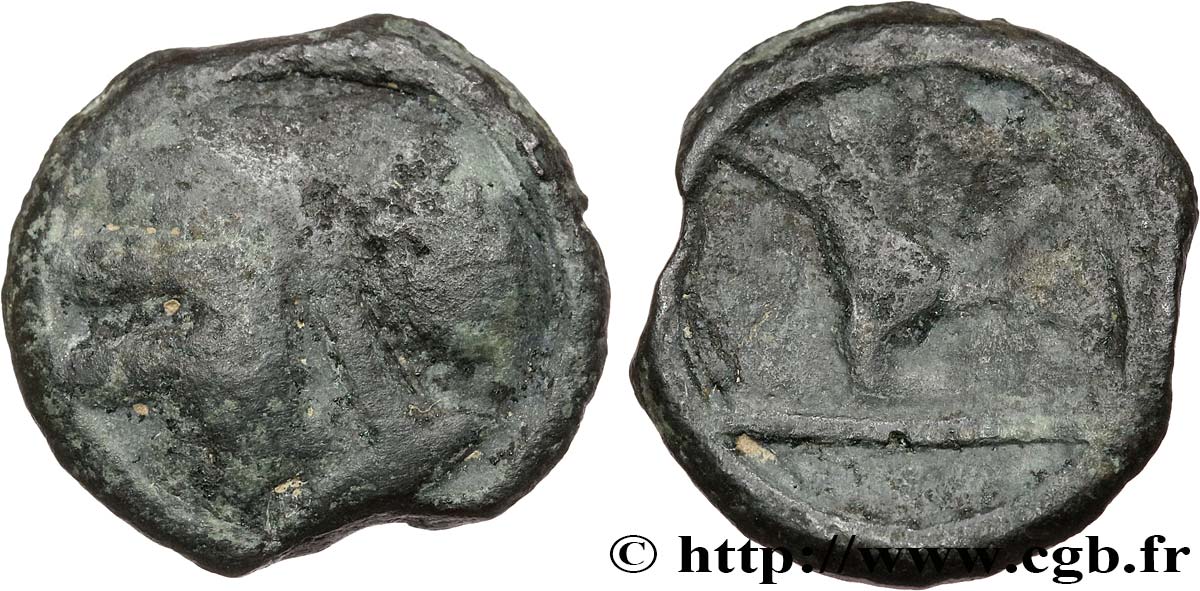
 Report a mistake
Report a mistake Print the page
Print the page Share my selection
Share my selection Ask a question
Ask a question Consign / sell
Consign / sell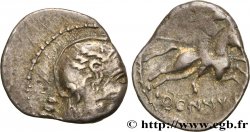
 Full data
Full data

